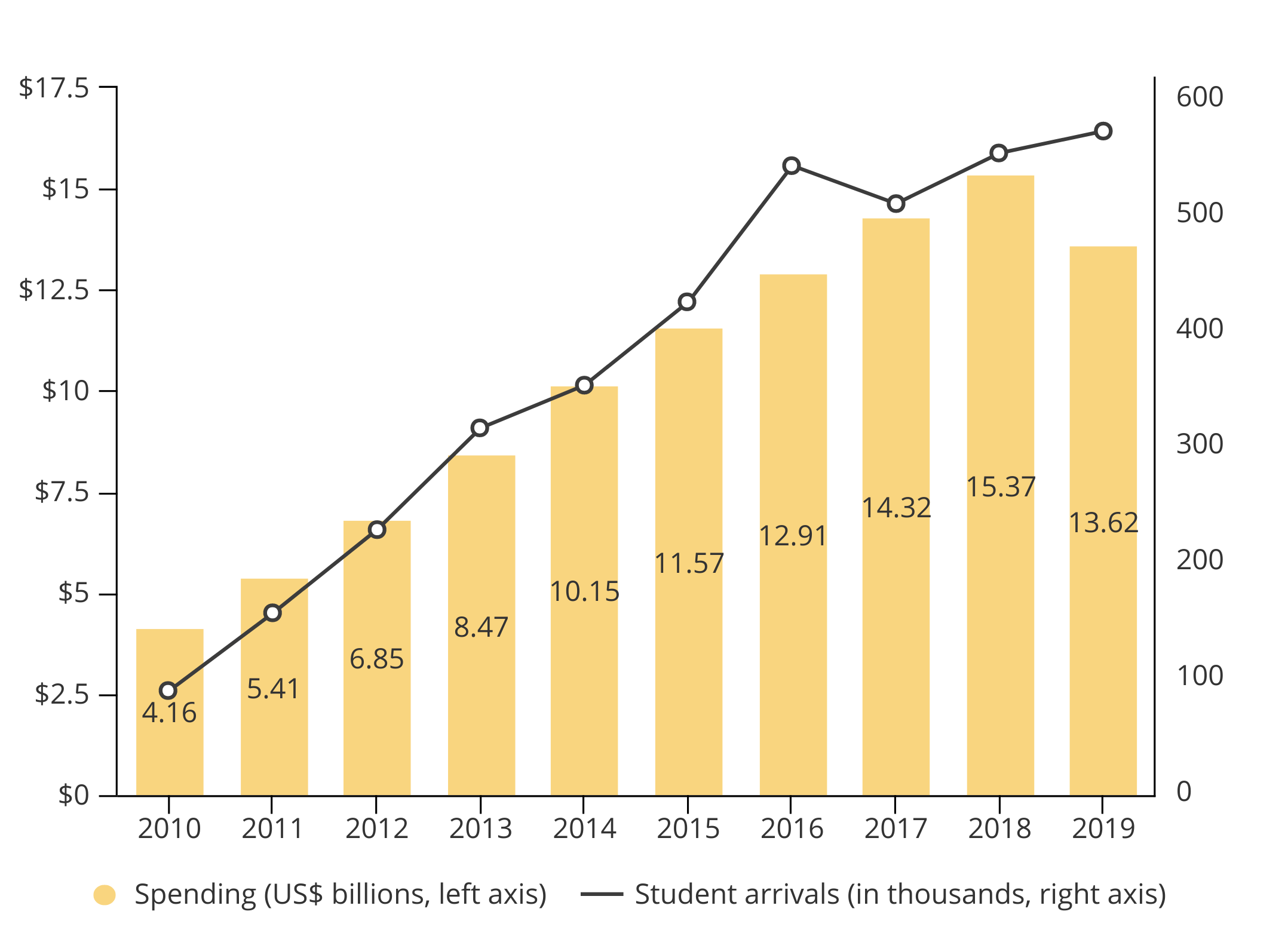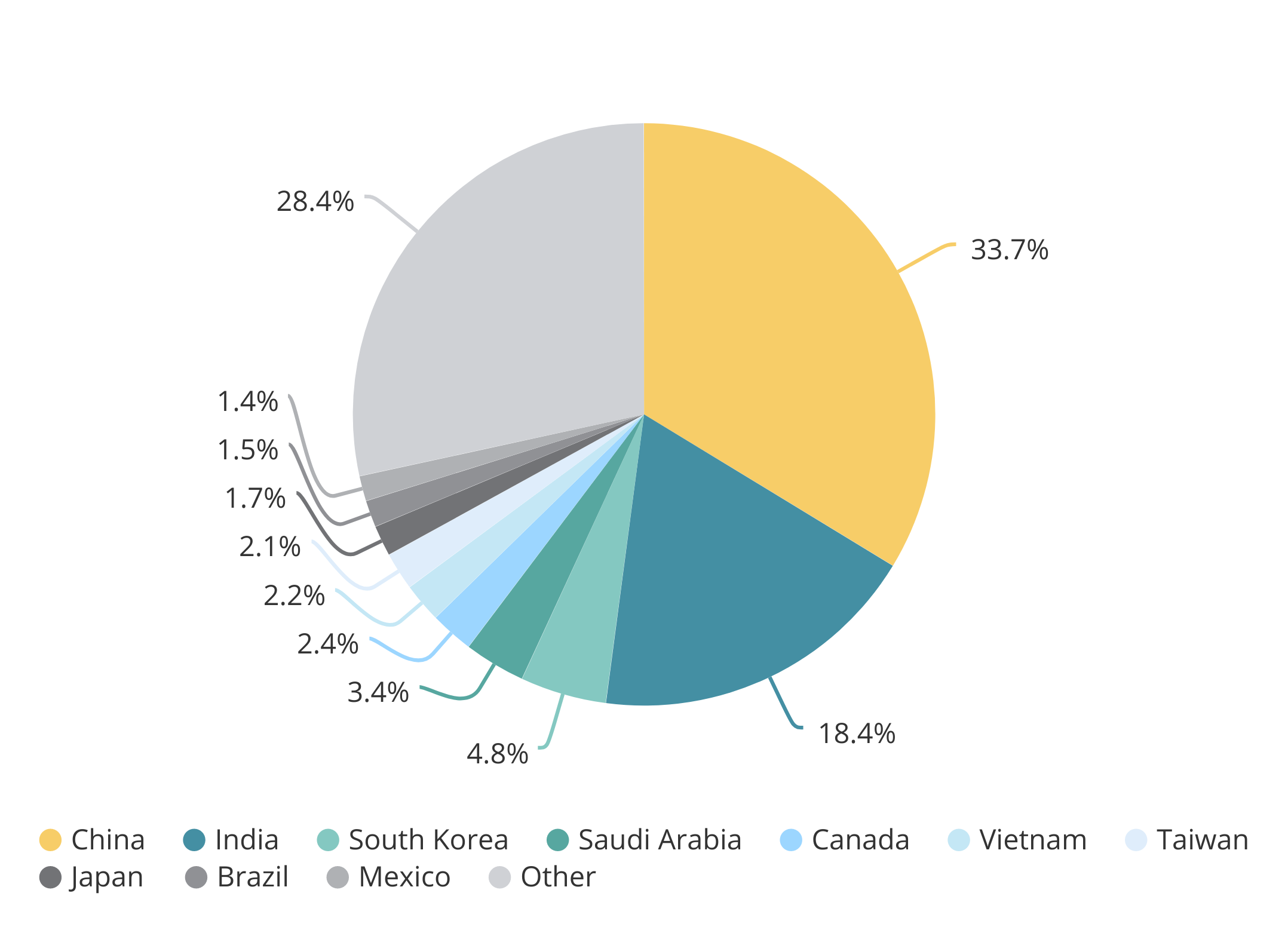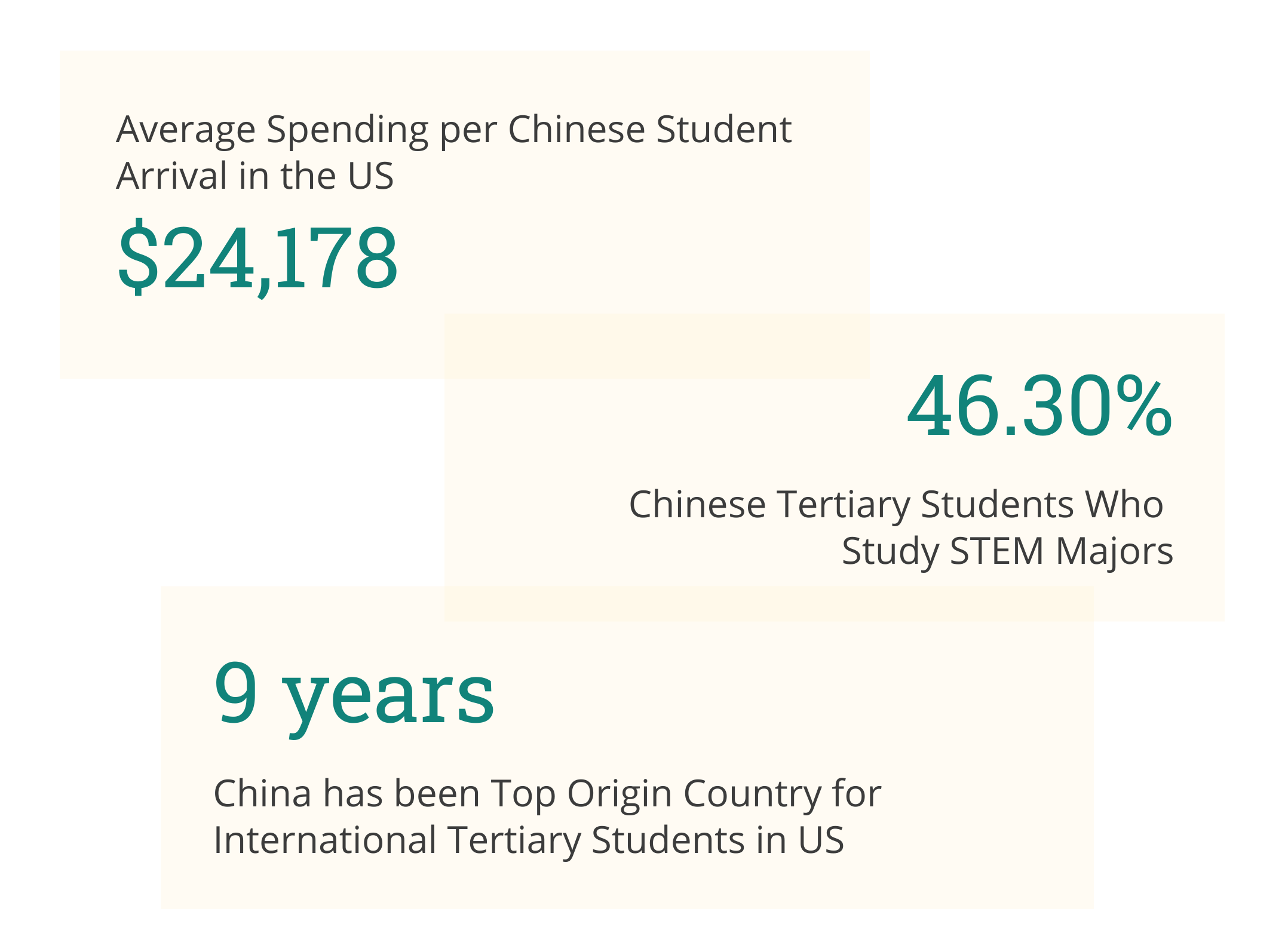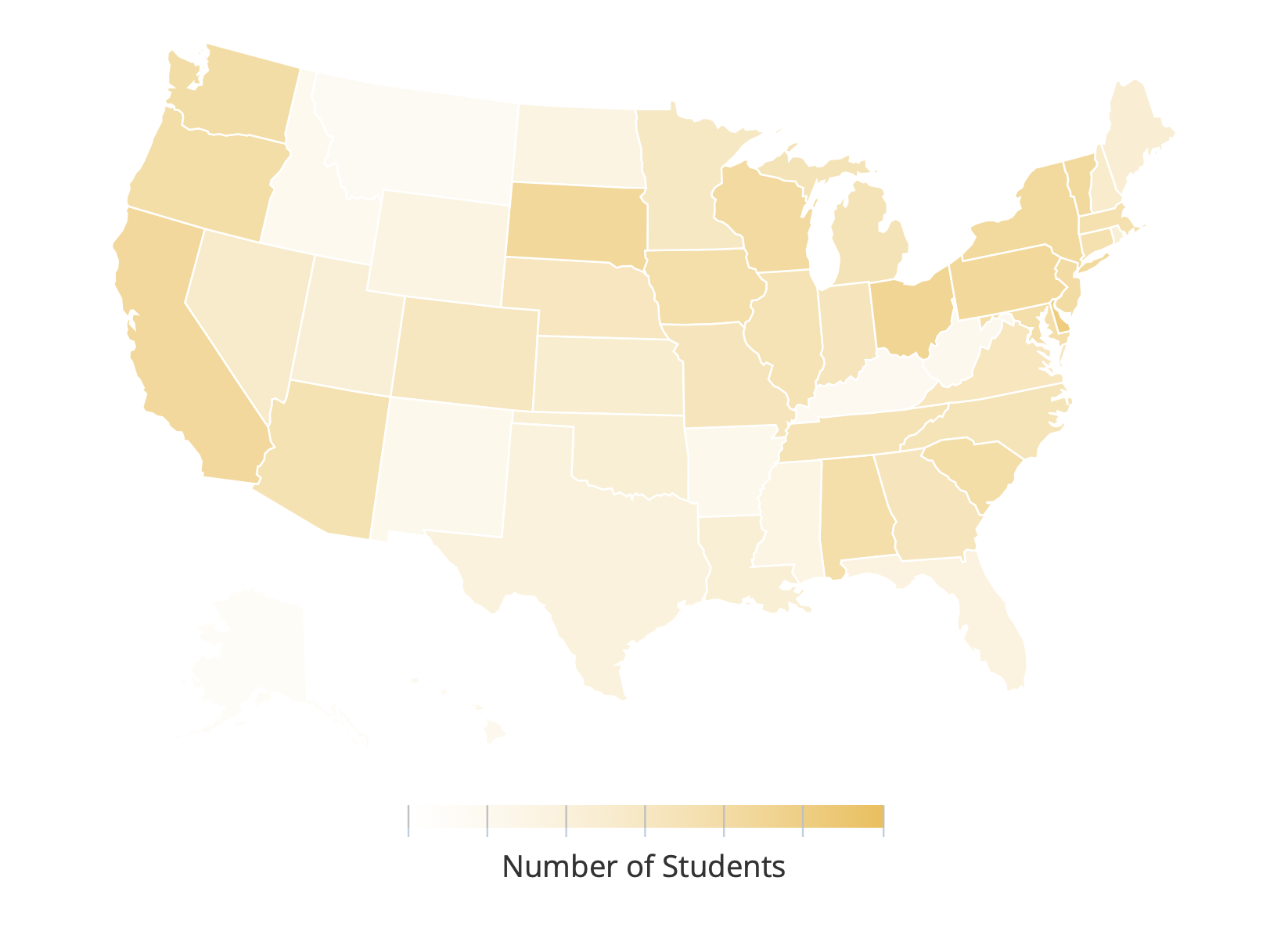Education
After the Global Financial Crisis many American universities sought to offset declining revenues by enrolling more Chinese students, particularly undergraduates, most of whom pay full tuition. As a result, China became by far the largest source of international students in the United States. Chinese students’ spending—including tuition, airfare, and living expenses—more than tripled between 2010 and 2018, before dropping 11% in 2019.
Annual enrollment growth declined from a peak of nearly 30% to just 1.7% for the 2018-2019 academic year. These arrivals have also created frictions, as some American politicians accuse Chinese students, especially those in STEM fields, of stealing intellectual property or serving as conduits for political influence.




Dig Deeper:
- Who Loses from Restricting Chinese Student Visas?
- Heartland Mainland – Episode 1: Freshman Orientation
Sources: Department of Commerce, National Travel and Tourism Office; Institute of International Education, Open Doors 2019

